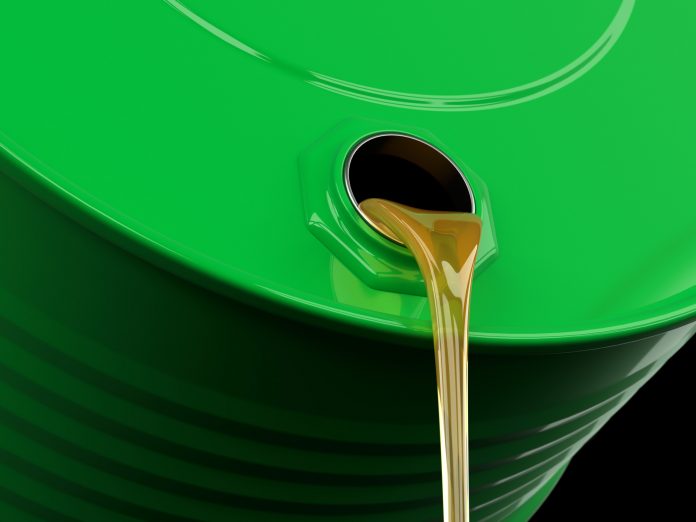About 142.86 billion gallons of gasoline gets consumed every year in the U.S. Most of this fuel is for domestic purposes. Apart from vehicles, gasoline is necessary for many machines such as chainsaws, generators, and lawnmowers.
Most homeowners buy excess gasoline to power these machines for farm and other outdoor tasks. But, what they never take into consideration is the fact that bad storage of the fuel can prove to be catastrophic.
Learn how to store gasoline safely in your home with this guide.
1. Use the Specified Containers for Storing Gasoline
You can’t store gasoline in just any container. You’ll need to use authorized aluminum, high-carbon steel, hard plastic, or fiberglass containers labeled “gasoline” and are firmly sealed. For long term fuel storage, diesel fuel tanks will be your best bet.
It’s advisable to first go through your area’s fire code policy on how you should store fuels. Normally, you’re allowed to store at most 25 gallons of gasoline which get divided into 5-gallon containers.
2. Be Cautious When Filling Your Container with Gasoline
You can use the following safety tips when filling gasoline into your container:
- Place the fuel container on a flat-level ground as you fill it up to prevent gas fires started by static electricity.
- Avoid filling your container when sitting in your vehicle or when holding it in your hand.
- Keep your face away from the fuel pump’s nozzle when filling your container.
- Keep away, at least 50 feet, from ignition sources when filling your container.
The above simple tips will help you avoid the dangers of dealing with gasoline.
3. Don’t Store Near Major Household Appliances
Store gasoline away from your electrical appliances such as TVs, fridges, cookers, air conditioners, heaters, and many more. Such appliances can be sources of heat or sparks which may make the gasoline explode.
4. Don’t Overfill Your Container with Gasoline
Fill your container until it’s at least 95 percent full. This is important because gasoline expands when exposed to temperature rise. It may overflow and spill if it doesn’t have the extra space for expansion.
Also, leaving the extra space prevents pressure from building up within the container.
5. Store the Gasoline in a Well-Ventilated Space
Store your gasoline containers in safe spaces such as in flammable storage cabinets. This will reduce the risk of exposure to fumes or fires in your home.
6. Protect Gasoline from Direct Sunlight
When storing gasoline, ensure that you place it away from windows. Also, don’t leave them outside exposed to the sun. Sunlight makes gasoline to evaporate and expand inside your container. This may affect their efficiency.
Store the container in a cool and dark place.
7. Don’t Store Gasoline for More Than 12 Months
Gasoline starts to oxidize after some time and it can damage your automotive’s engine. You can add a fuel stabilizer to extend your gasoline’s shelf life. But it goes unused after several months, you’ll have to dispose of it.
To check if your gasoline has started to oxidize, pour it into a glass, and compare its color against fresh gasoline. If it’s darker then it has started to oxidize.
Learn How to Store Gasoline Safely
It’s important for all homeowners to know how to store gasoline safely because it help can prevent exposure to toxins or serious injuries and damage.
Was this helpful? Read more informative posts on our blog.
Find a Home-Based Business to Start-Up >>> Hundreds of Business Listings.

















































